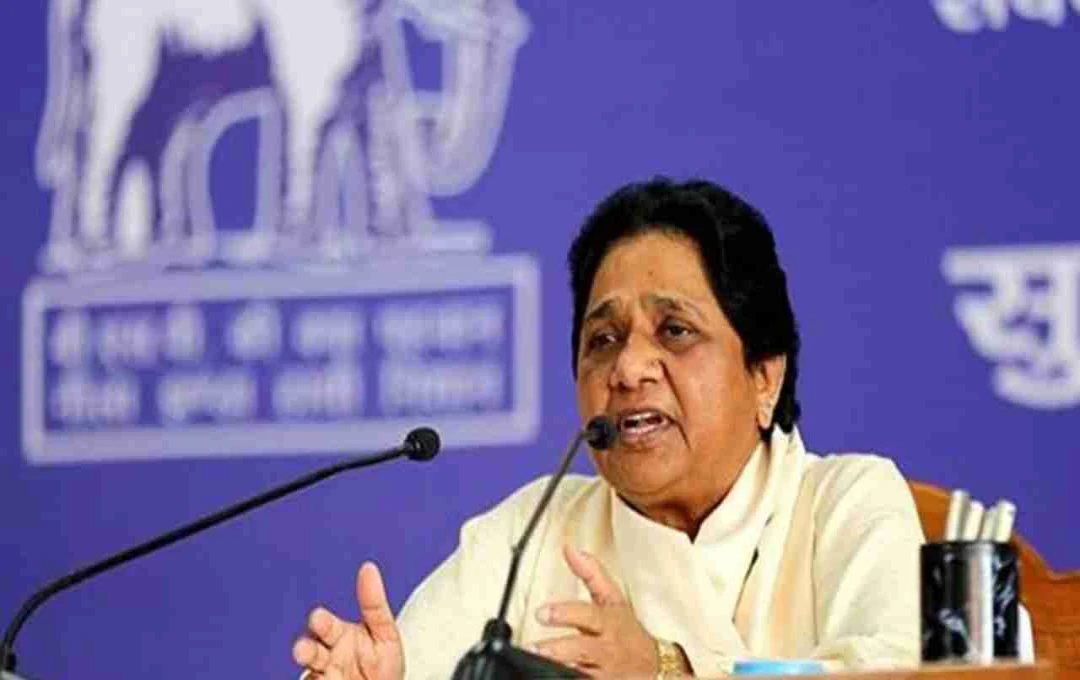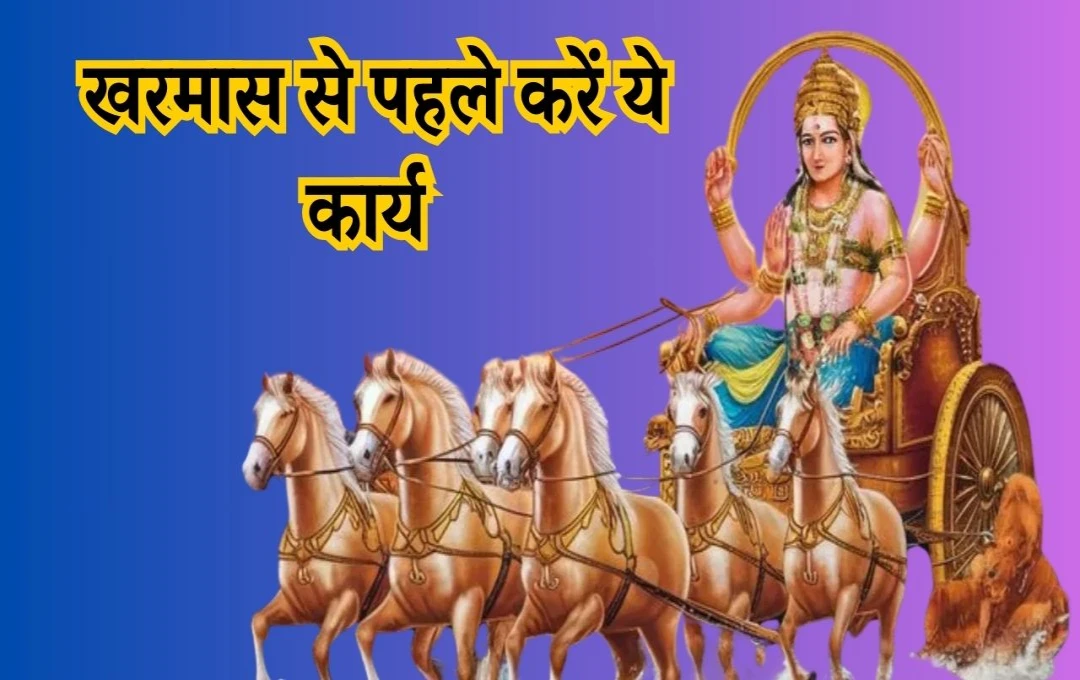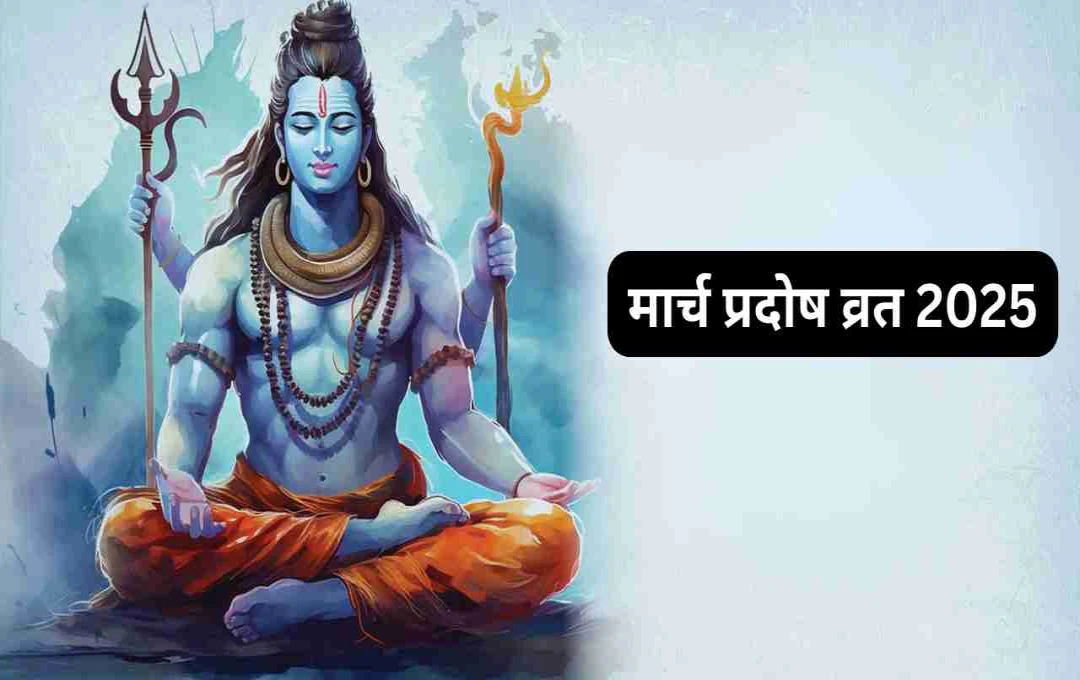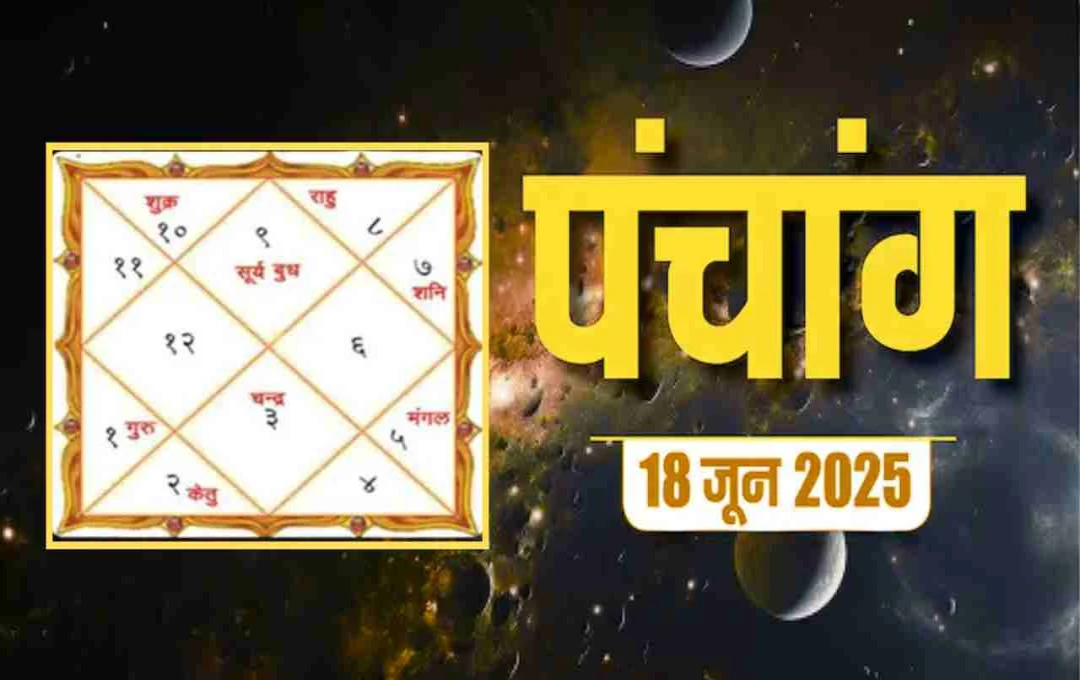The auspicious occasion of the Gupta Navratri commences on June 26th, 2025. This festival holds immense significance for ascetics and tantrikas (practitioners of Tantra) who are engaged in the esoteric path of Shakti Sadhana (worship of the Divine Feminine). While Sharad and Chaitra Navratri are celebrated with great fervor by the general public, Gupta Navratri is a period dedicated to inner spiritual practices, self-purification, and the worship of the mystical forms of the Divine Mother.
During this time, the primary focus is on the worship of the Dasha Mahavidyas (Ten Great Wisdom Goddesses). These Mahavidyas are ten forms of Mother Durga, considered incredibly powerful and mysterious in Tantra Shastra. Their worship is believed to grant practitioners liberation from worldly bonds, spiritual attainments (siddhis), and extraordinary powers.
Gupta Navratri: The Mystical Festival of Spiritual Practice
Gupta Navratri occurs twice a year, once in the month of Ashadha and again in Magha. These Navratris are particularly known for esoteric spiritual practices and tantric rituals. During these nine days, tantric practitioners perform the worship of Durga's ten Mahavidyas. The auspicious Muhurta (auspicious time) for Ghatasthapana (installation of the deity) is between 5:25 AM and 6:58 AM on June 26th. During this period, devotees make auspicious resolutions and establish the deity's idol or a Kalasha (sacred pot).
Who are the Dasha Mahavidyas? Understanding the Form and Significance of Each Goddess
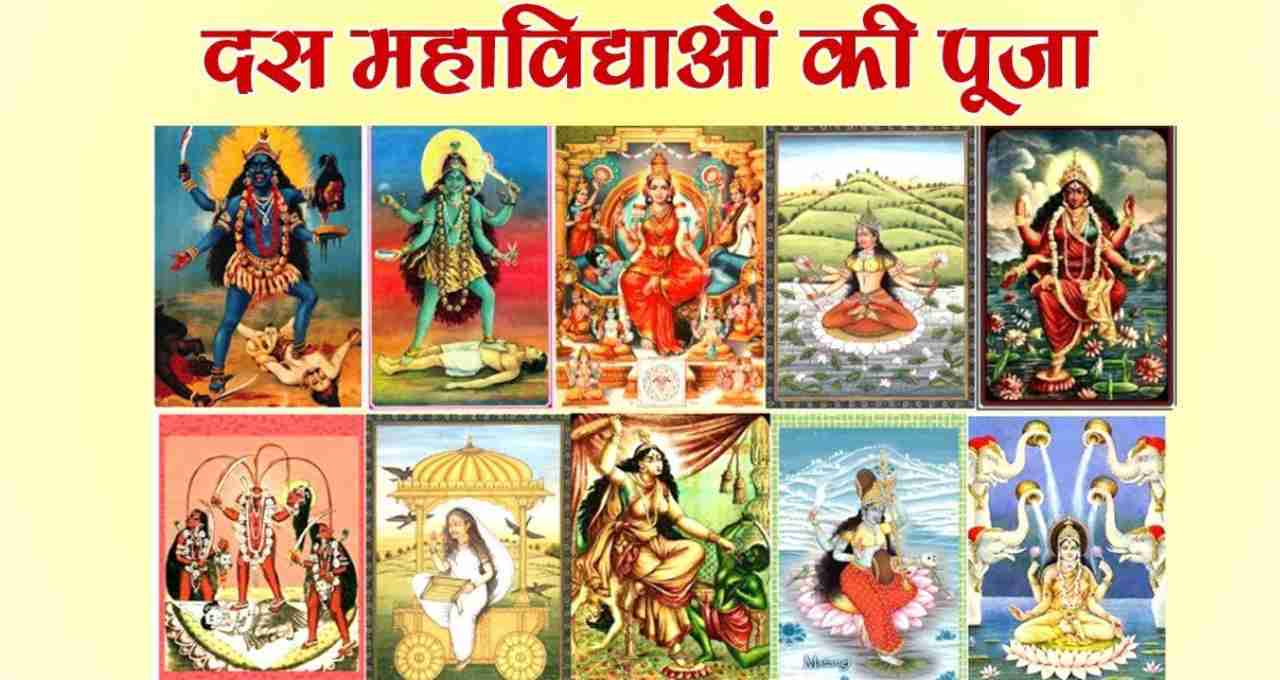
1. Kali Ma – The Destroyer of Ignorance
Kali Ma holds the highest position among the Dasha Mahavidyas. She represents the fiercest form of Mother Durga. Her dark complexion symbolizes darkness, which she destroys to spread the light of knowledge. The worship of Kali is believed to grant victory over fear, death, and time.
- Benefits of Worship: Fearless life, victory over death, tantric attainments
2. Tara Devi – The Goddess of Liberation and Compassion
Tara Devi is considered the Goddess of Brahma-jnana (supreme knowledge) and liberation. Her worship guides practitioners towards liberation from the material bonds of life. Tara's form is serene, yet internally radiant and energetic.
- Benefits of Worship: Knowledge, mental peace, liberation (moksha)
3. Tripura Sundari – The Embodiment of Beauty and Love
Tripura Sundari is regarded as the epitome of beauty. She is the Goddess of love, beauty, prosperity, and enjoyment. Her worship is believed to lead to both worldly and spiritual progress. She is also known as Lalita.
- Benefits of Worship: Material prosperity, attractiveness, marital bliss
4. Bhuvaneshvari Devi – The Ruler of Creation
Bhuvaneshvari Devi is considered the presiding deity of the entire universe. Her worship empowers the practitioner to connect with cosmic consciousness. Her form is compassionate and motherly.
- Benefits of Worship: Spiritual progress, creativity, mental balance
5. Chhinnamasta – The Goddess of Self-Sacrifice and Transformation
This Goddess is depicted as severing her own head and satiating others with her blood. This symbolizes self-sacrifice, renunciation, and inner transformation. Her worship is highly complex and undertaken only by experienced practitioners.
- Benefits of Worship: Spirit of renunciation, inner strength, transformation
6. Tripura Bhairavi – The Goddess of Consciousness and Tapas (Austerity)
Tripura Bhairavi's form is fierce. She symbolizes austerity, discipline, and spiritual practice. Her worship brings stability and strength to life. She is considered the embodiment of the physical form of energy.
- Benefits of Worship: Self-control, attainment of spiritual practices, achievement of goals
7. Dhumavati – The Goddess of Mystery and Renunciation
Dhumavati is depicted as an elderly widow. She liberates from illusion, deception, and delusion. She is said to prefer solitude. Her worship is primarily undertaken by tantric practitioners or renunciates.
- Benefits of Worship: Liberation from attachment, tantric knowledge, renunciation
8. Bagalamukhi – The Goddess who Grants Victory over Enemies
Bagalamukhi Devi's worship is specifically performed to subdue enemies, achieve success in legal matters, and defeat opponents. Her worship grants victory in arguments, speech, and strategy.
- Benefits of Worship: Control over enemies, victory in disputes, protection
9. Matangi – The Goddess of Art, Music, and Speech
Matangi Ma is considered the tantric form of Saraswati. She presides over music, literature, art, and speech. Her worship bestows exceptional intellectual and artistic abilities.
- Benefits of Worship: Mastery of speech, proficiency in arts and literature, intellectual development
10. Kamalatmika (Kamala Devi) – The Tantric Form of Lakshmi
Kamala Devi is considered the Goddess of wealth, prosperity, happiness, and splendor. She is the tantric form of Mother Lakshmi. Her worship is specifically performed for the attainment of prosperity, good fortune, and worldly pleasures.
- Benefits of Worship: Gain of wealth, prosperity, happiness and peace
Why is the worship of these Goddesses performed during Gupta Navratri?
Gupta Navratri is not merely a religious ritual but a spiritual practice and a period of tantric awakening. The worship of these ten Mahavidyas removes ten types of mental, spiritual, and emotional obstacles within the practitioner. Through the practice of these Mahavidyas, the practitioner progresses towards self-knowledge, enhancing self-strength and self-confidence. This practice transcends external rituals, becoming a means of connecting with the inner self and experiencing the divine consciousness.



